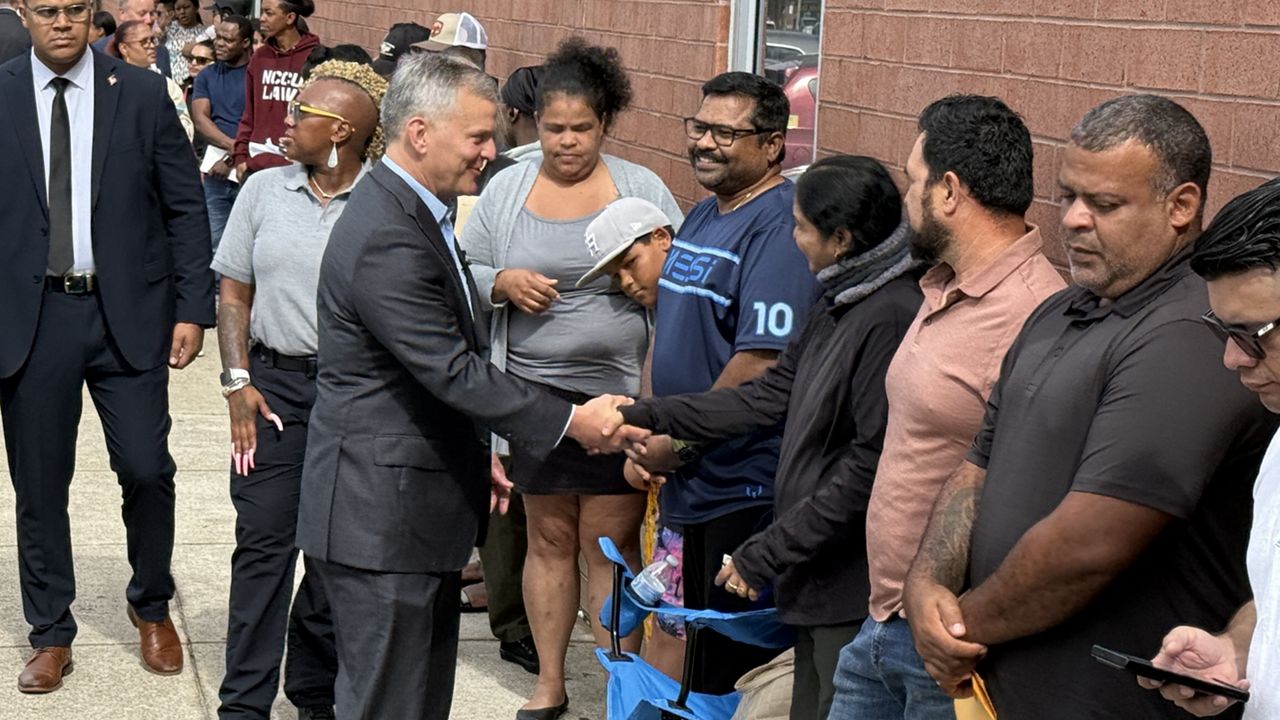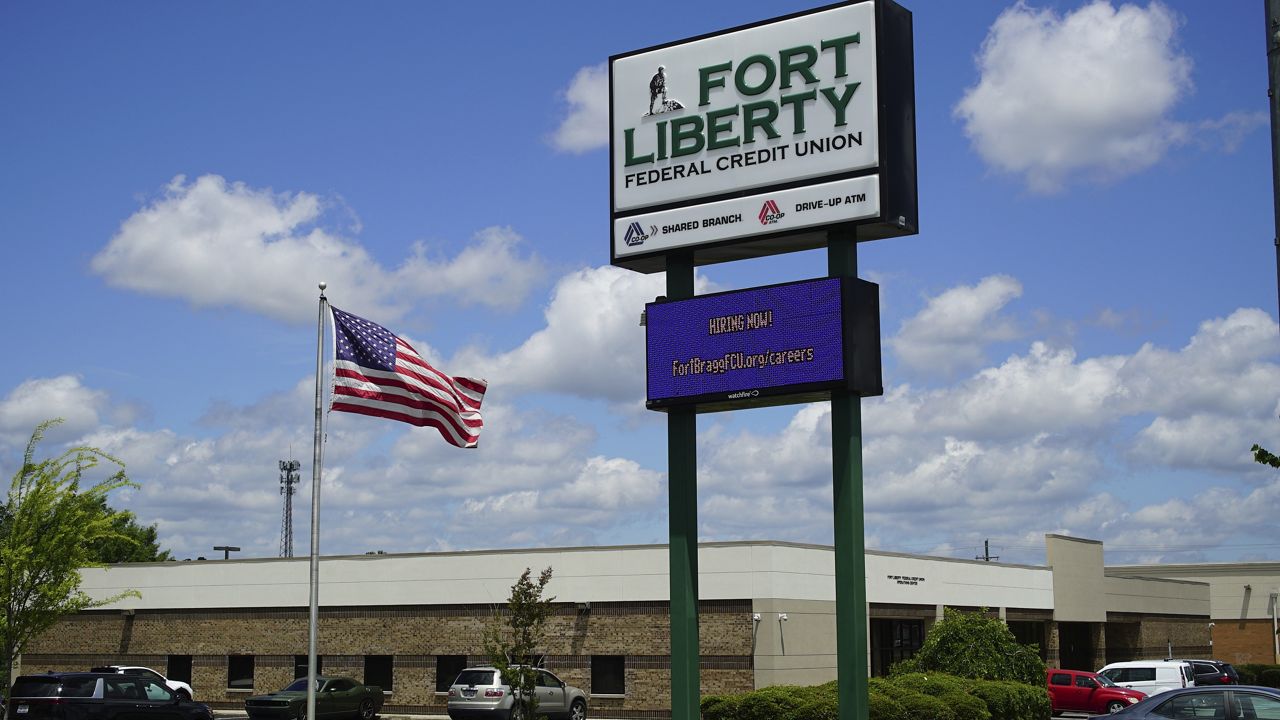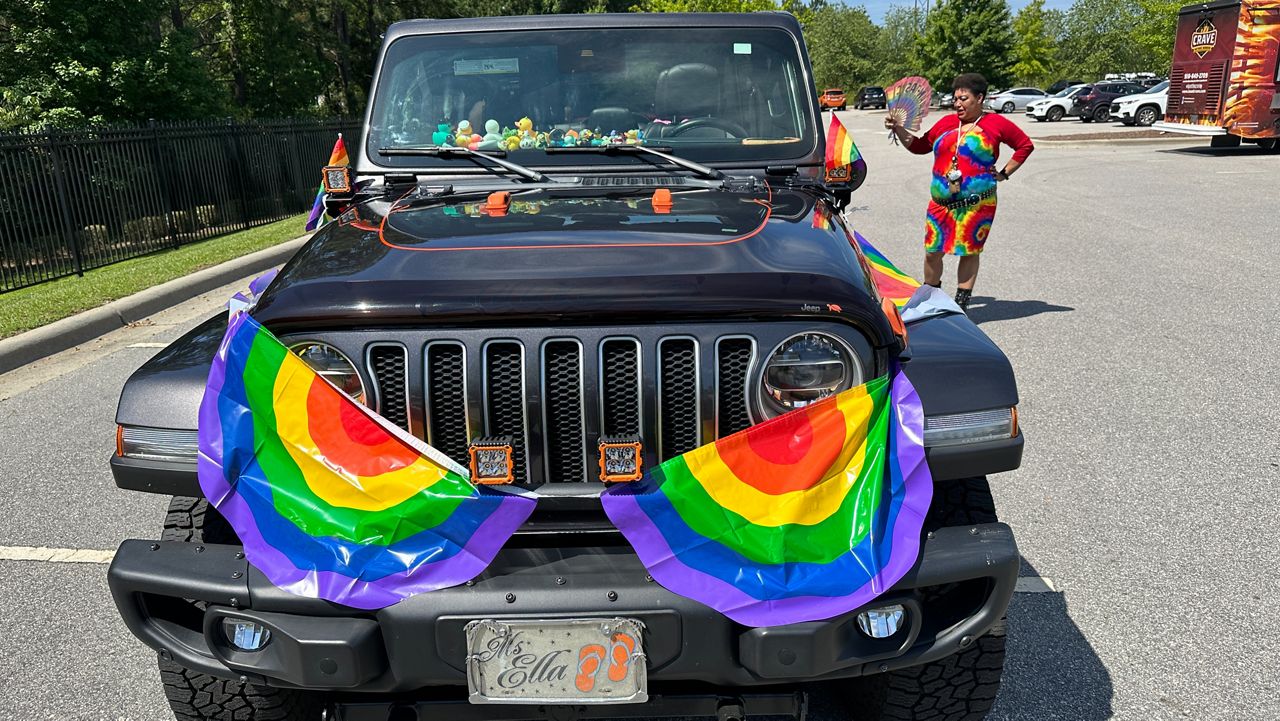ASHEVILLE, N.C. — Asheville is among 17 cities chosen to be part of an urban heat mapping study with the National Oceanic Atmospheric Administration. The project aims to help these cities beat the heat.
“They really want to help local governments, local universities and community groups like ours to document the differences in how heat is experienced by different neighborhoods and different populations of residents,” said Nicole McNeill, marketing and communication manager with Ashville Greenworks, who has been working in climate justice for most of her career.
In the U.S., heat is the top weather-related cause of death. Certain groups, including Black, indigenous and elderly people, are more at risk.
“Planting trees is one of the best things that you can do for the environment,” McNeill said. Trees shade buildings, reduce pavement temperatures, hold soil in place and prevent streets from flooding.
The heat mapping project will begin this summer with 100 volunteers.
“Once we get our heat data back, we’ll know exactly what streets are the hottest, and that will help us set priorities, for not only where to plant new trees, but where we need to be really active and protect the tress that are already there,” McNeill said.
Volunteers will gather on the predicted hottest day of the year in Asheville with a sensor.
“That sensor will collect heat and humidity data for the streets that they drive. Folks will do that, three times for one day,” McNeill said.
As Asheville Greenworks celebrates 50 years of service this year, they’re excited to focus on projects like this.
“We started our 50-year journey by planting trees, and these maps are going to help us do a more precise targeted job of planting trees in the neighborhoods where they’re needed most,” McNeill said.
Asheville will receive the data from the heat mapping in the fall. They will then be able to determine where trees need to be preserved most and where to plant more trees.
Asheville Greenworks has a goal to plant 50,000 trees by 2040. Raleigh and Durham took part in this same project two years ago.
“I think a lot of discussions about climate happen at the global level, and that’s appropriate. But the way that we experience it is in our communities,” McNeill said.







)


